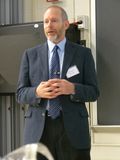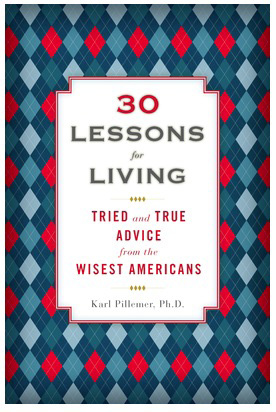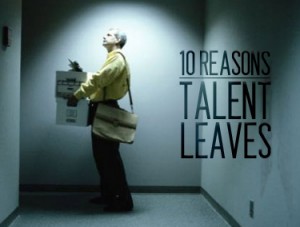One of the questions we often get
from hiring managers is…”How do I consistently get high quality candidates to
make the commitment to become real estate agents?”
 As we observe this process, it
As we observe this process, it
always seems the best candidates are on the fence because they don’t have to
become agents. Since they have talent
and marketable skills, they usually have the option of doing something else. Often, that “something else” is just staying in
their current job or career field.
How do you get these candidates
off the fence and headed towards becoming your next top performing agents?
According to new research
recently published in Harvard Business Review, keep them focused on a great outcome they will personally realize if they become real
estate agents.
The research on this topic was
conducted by Dr. Mark Goulston and Dr. John Ullmen and is summarized in a new
book called Real Influence: Persuade Without Pushing, Gain Without Giving
In. Here is a excerpt from the HBR
article:
“
Few people like to be pushed
into doing something, or sold hard on it. And few like to push or deliver a
hard sell. But at the end of the day, or even the end of a conversation, you do
have to move things forward. So how do effective leaders really get things
done?As part of the research…[we]
interviewed more than 100 people who "get things done," but who
aren't pushy. But when we asked them, "Who persuaded you to do something
really important?" more than a few arched their backs and replied
defensively, "Nobody persuaded me to do anything
important!"When we switched tactics and
asked, "Well then who positively influenced you to become the person you
are?" they leaned back, smiled, took a deep breath of satisfaction and
replied, "Now that's a different story!"
This small change in perspective seemed to help the researchers
uncover several consistent and repeatable patterns among great influencers. As a hiring manager, these patterns could be
very helpful—don’t you think?
I won’t steal the author’s
thunder by revealing all their secrets, but I did find one of their techniques
very compelling: Great influencers learn
to communicate great outcomes.
“When people paint a
picture of a great outcome, they're not trying "to persuade people to do
something important." They're trying to "positively influence
them" to get them to a better place.Take the story of Jim
Sinegal, co-founder and former CEO of Costco, largely seen as the heart and
soul of that great company. Jim is very humble and doesn't like to be given too
much credit for his and Costco's success.He often tells the story of
how, as a recovering juvenile delinquent still headed in the wrong direction,
he was working as a bagger at FedMart in San Diego. One day he was singled out
by the legendary Sol Price, the founder of FedMark who is viewed as the father
of the warehouse store concept.Price saw beyond where Jim
was, even beyond where he wanted to be, to where and who he could be — and
focusing on that "great outcome" let him influence Jim,
even as others had failed to persuade him. Price's dedication
to customer value and the caring treatment of employees lived on through Jim
and is so ingrained in the Costco culture that those values live on beyond his
stewardship as CEO.”
For a real estate hiring
manager, there is an important lesson in this approach. If you try to persuade someone
to take the next logical step in their work life (ie. become a real estate
agent), you’ll likely come across as “salesy” and meet resistence.
But, if you effectively
“paint a picture of a great outcome” for the candidate during the interview
(and consistently during the follow-up process), the research suggests that
this will produce a different result. You’ll
become a positive influencer rather than a ineffective persuader.
Question: What type of “great outcomes” do you think
would be compelling to the candidates you are interviewing?
Join the WorkPuzzle Discussion at the Tidemark Online Community (TMOC)
Engage in the WorkPuzzle discussion by joining the TMOC private social network. Commenting on a public blog like WorkPuzzle can be a little intimidating, so why not join the discussion inside the privacy of the TMOC discussion group?
By joining TMOC, you'll get to see who else is in the group and your comments will only be seen by those whom you trust. Joining TMOC is quick, easy, and free (no kidding…this takes less than 2 minutes). To get started, click here.
Already of a member of TMOC? If so, join the WorkPuzzle Dialog Group by clicking on the WorkPuzzle Group icon on the left side of your TMOC homepage. Questions? Email the WorkPuzzle editor (workpuzzle@hiringcenter.net) and we'll walk through the process.
 Editor's Note: This article was written by Ben Hess. Ben is the Founding Partner and Managing Director of Tidemark, Inc. and a regular contributor to WorkPuzzle.
Editor's Note: This article was written by Ben Hess. Ben is the Founding Partner and Managing Director of Tidemark, Inc. and a regular contributor to WorkPuzzle.















